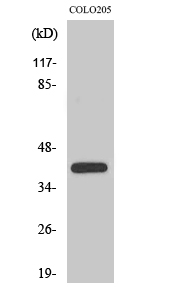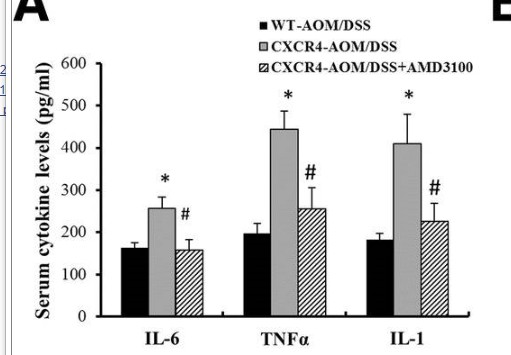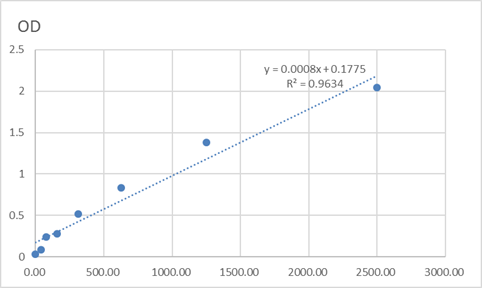
Catalog: KA3431C
Size
Price
Status
Qty.
96well
$330.00
In stock
0
Add to cart


Collected


Collect
Main Information
Reactivity
Human, Mouse
Applications
ELISA
Conjugate/Modification
Unmodified
Detailed Information
Storage
2-8°C/6 months,Ship by ice bag
Modification
Unmodified
Detection Method
Colorimetric
Related Products
Antigen&Target Information
Gene Name:
XPA
show all
Other Name:
DNA repair protein complementing XP-A cells ;
Xeroderma pigmentosum group A-complementing protein ;
Xeroderma pigmentosum group A-complementing protein ;
show all
Background:
disease:Defects in XPA are a cause of xeroderma pigmentosum complementation group A (XP-A) [MIM:278700]; also known as xeroderma pigmentosum type 1 (XP1). XP-A is a rare human autosomal recessive disease characterized by solar sensitivity, high predisposition for developing cancers on areas exposed to sunlight and, in some cases, neurological abnormalities. Group A patients show the most severe skin symptoms and progressive neurological disorders.,function:Involved in DNA excision repair. Initiates repair by binding to damaged sites with various affinities, depending on the photoproduct and the transcriptional state of the region. Required for UV-induced CHK1 phosphorylation and the recruitment of CEP164 to cyclobutane pyrimidine dimmers (CPD), sites of DNA damage after UV irradiation.,PTM:Phosphorylated upon DNA damage, probably by ATM or ATR.,similarity:Belongs to the XPA family.,subunit:Interacts with XAB1 and RPA1. Interacts (via N-terminus) with CEP164 upon UV irradiation.,tissue specificity:Expressed in various cell lines and in skin fibroblasts.,
show all
Function:
nucleotide-excision repair, DNA damage removal, DNA metabolic process, DNA repair, nucleotide-excision repair, DNA catabolic process, induction of apoptosis, response to DNA damage stimulus, response to oxidative stress,intracellular signaling cascade, induction of apoptosis by intracellular signals, DNA damage response, signal transduction resulting in induction of apoptosis, macromolecule catabolic process, response to radiation, response to UV, response to light stimulus, response to abiotic stimulus, response to toxin, regulation of cell death, positive regulation of cell death, induction of programmed cell death, cellular response to stress, DNA damage response, signal transduction, regulation of apoptosis, positive regulation of apoptosis, regulation of programmed cell death, positive regulation of programmed cell death, cellular macromolecule catabolic process,
show all
Cellular Localization:
Nucleus .
show all
Tissue Expression:
Reference Citation({{totalcount}})
Catalog: KA3431C
Size
Price
Status
Qty.
96well
$330.00
In stock
0
Add to cart


Collected


Collect
Recently Viewed Products
Clear allPRODUCTS
CUSTOMIZED
ABOUT US
Toggle night Mode
{{pinfoXq.title || ''}}
Catalog: {{pinfoXq.catalog || ''}}
Filter:
All
{{item.name}}
{{pinfo.title}}
-{{pinfo.catalog}}
Main Information
Target
{{pinfo.target}}
Reactivity
{{pinfo.react}}
Applications
{{pinfo.applicat}}
Conjugate/Modification
{{pinfo.coupling}}/{{pinfo.modific}}
MW (kDa)
{{pinfo.mwcalc}}
Host Species
{{pinfo.hostspec}}
Isotype
{{pinfo.isotype}}
Product {{index}}/{{pcount}}
Prev
Next
{{pvTitle}}
Scroll wheel zooms the picture
{{pvDescr}}



















